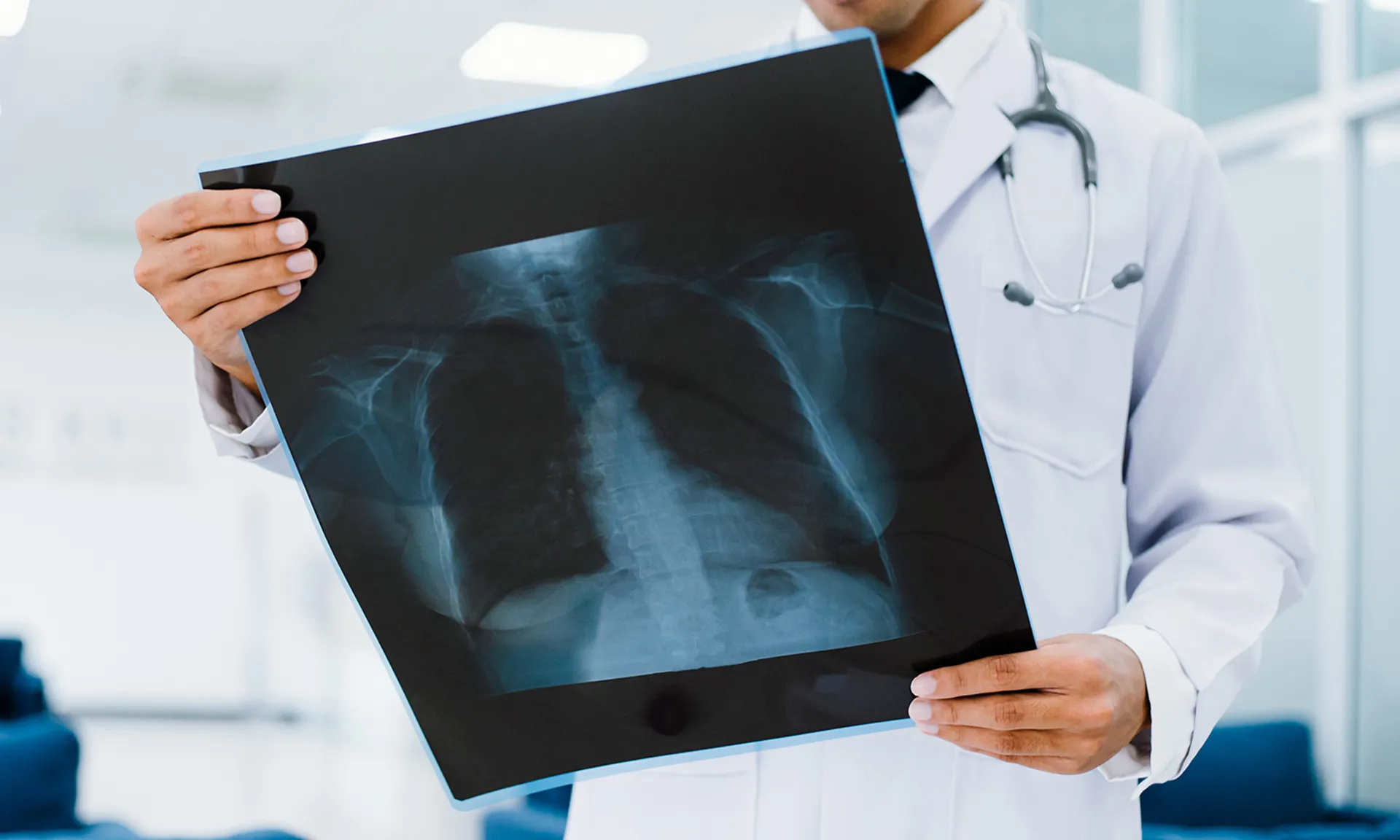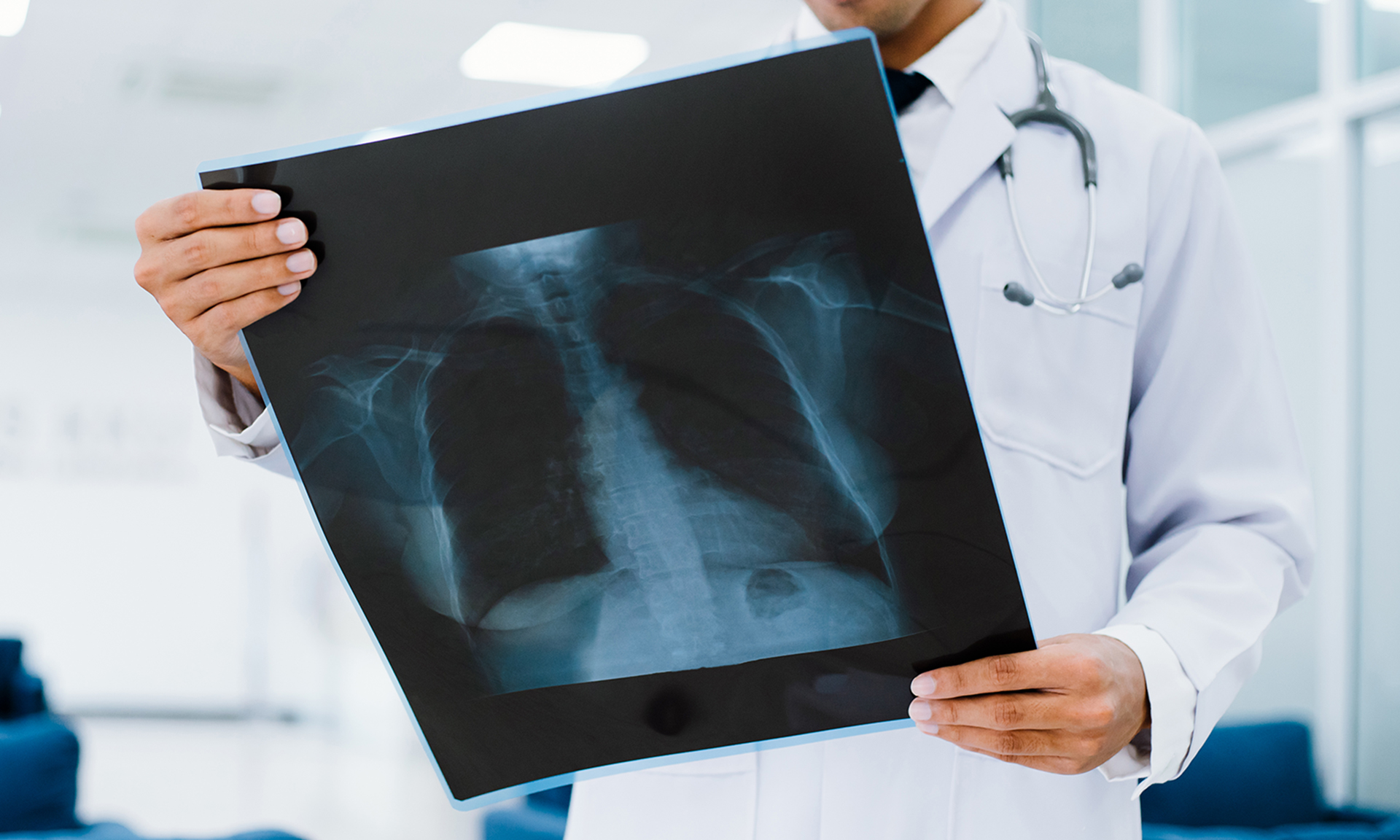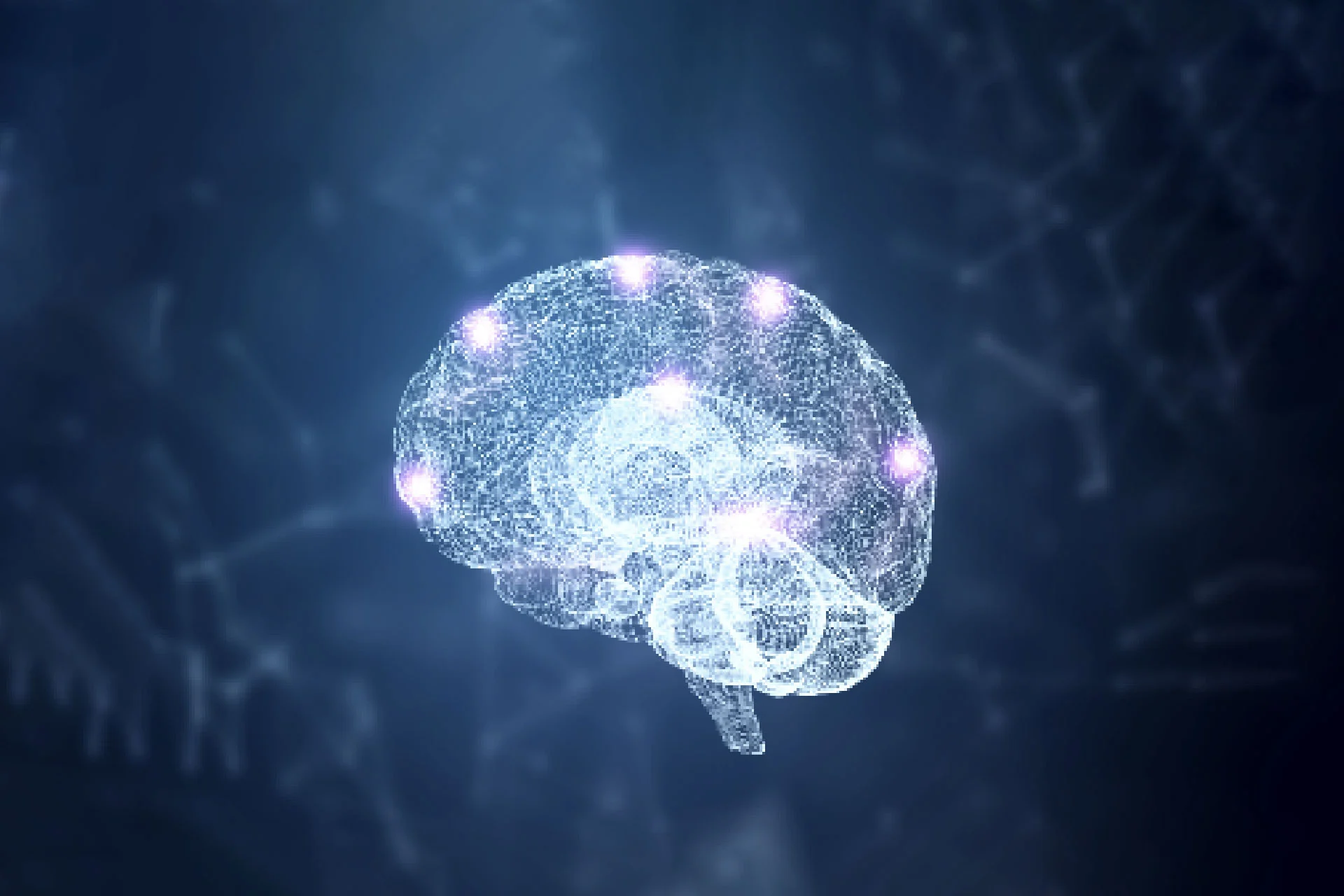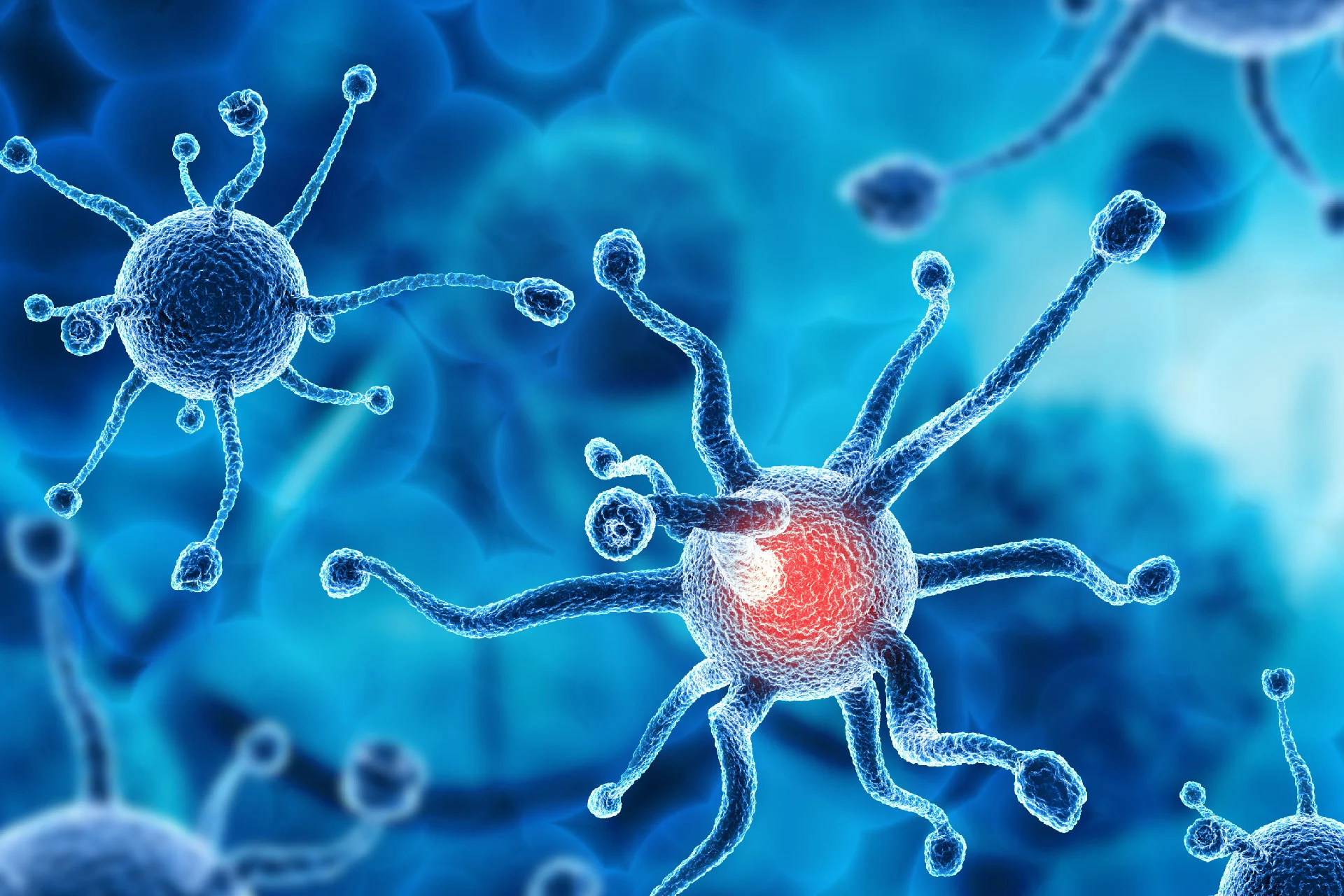Oncologist | 9 min read
Lung Cancer: Causes, Symptoms, Risk Factors and Diagnosis
Medically reviewed by
Table of Content
Key Takeaways
- Smoking and exposure to chemicals like radon causes lung cancer
- Lung cancer is of two types: non-small cell and small-cell lung cancer
- Lung cancer symptoms include chest pain, back pain, coughing and wheezing
The cells in your body die after a certain amount of time. This is a cyclic process that prevents the accumulation of cells. But, when cells in your lungs grow quickly and uncontrollably, without dying, they form a lung cancer tumor.
According to Indian Journal of Medical Research (2015), lung cancer is the most common cancer in India. As per the study, lung cancer causes vary from one region to another, but smoking is a key contributor. Apart from this, people who come in contact with chemicals or toxic substances are also at risk.
As it is one of the most common cancers in our country, familiarise yourself with all the facts and figures. Learn all about lung cancer symptoms, types, treatment and more.
Lung Cancer Types
Now that you know what is lung cancer, take a look at the two main types. These are non-small cell lung cancer (NSCLC) and small-cell lung cancer (SCLC). In NSCLC and SCLC, cells differ in size when you view them under a microscopic lens.
Non-small Cell Lung Cancer (NSCLC):
This is the more common type of lung cancer, and has several sub-types. Some of them are as follows:
- Originating in the respiratory tract passages, this NSCLC is known as squamous cell carcinoma.
- If it takes root in the part of the lungs that creates mucus, it is an adenocarcinoma.
- A large-cell carcinoma can originate in any part of the lungs, in large cells, as the name suggests. Large-cell neuroendocrine carcinoma is sub-variant that grows rapidly.
Small-cell Lung Cancer (SCLC):
The number of cases of small-cell lung cancer are low, however, these cancer cells grow more quickly. While SCLC responds to chemotherapy, on the whole, it isn’t usually curable.
These are the two main types of lung cancers. However, remember that it is possible for a lung cancer tumor to comprise both NSCLC and SCLC cells. Depending on the size of tumour and how it has spread, doctors categorise patients into the following stages.

Mesothelioma
Asbestos exposure is a risk factor for developing this form of lung cancer. It happens when hormone-producing (neuroendocrine) cells give rise to carcinoid tumors. As a result, mesothelioma spreads quickly and aggressively. Unfortunately, no treatment has been successful in treating it.
Patient Categories
Cancer stages provide insights into the disease's progression and aid in treatment planning. When lung cancer gets detected and treated early, the chances of a successful or curative treatment increase significantly. Lung cancer is frequently diagnosed after it has progressed since it may not be apparent in the early stages.
Non-small Cell Lung Cancer Stages
Hidden Cancerous cells aren’t visible in scans, but are in mucous or phlegm samples
- Stage 1: Cancer is discovered in the lung but has not spread outside
- Stage 2: Cancer is discovered in the lung and adjacent lymph nodes
- Stage 3: Cancer has spread to the lungs and lymph nodes in the center of the chest
- Stage 3A: Cancer is discovered in lymph nodes, but solely on the same side of the chest where cancer first occurred
- Stage 3B: Cancer has spread to the lymph nodes above the collarbone or on the opposing side of the chest
- Stage 4: Cancer has spread to both lungs, the region surrounding the lungs, or distant organs
Small-cell Lung Cancer
The SCLC process has two stages: Limited and extensive. Cancer is only discovered in one lung or close-by lymph nodes on the same side of the chest at the limited stage.
The advanced stage denotes the spread of the disease:
- All over one lung
- To the other lung
- On the opposite side's lymph nodes
- The fluid surrounding the lung
- Towards bone marrow
- To distant organs
When SCLC is diagnosed, it is already in the advanced stage for about two out of three patients.
Lung Cancer Symptoms
Lung Cancer Early Symptoms:
Lung cancer symptoms are not usually present in the earliest stages. Early symptoms can include both expected symptoms like back pain and warning indications like shortness of breath.
Other early indications of lung cancer could be:
- A persistent or increasingly worse cough
- Blood or phlegm being coughed up
- Chest pain worsens when you laugh, cough, or breathe deeply
- Hoarseness
- Wheezing
- Tiredness and weakness
- Decrease in appetite and loss of weight
- Pneumonia or bronchitis, which is frequent respiratory diseases
Lung Cancer Late Symptoms:
Depending on where new tumors develop, lung cancer may exhibit additional symptoms. Therefore, not every sign of advanced lung cancer will be present in every patient.
Symptoms in the late stages could be:
- The collarbone or neck may have lumps
- Pain in the bones, particularly in the hips, ribs, or back
- Headaches
- Dizziness
- Difficulties with balance
- Arms or legs feeling numb
- Eyes and skin turning yellow (jaundice)
- Shrinking pupils and one eyelid drooping
- One side of the face has no perspiration.
- Shoulder ache
- Facial and upper body swelling
Common Lung Cancer Symptoms:
Unfortunately, lung cancer symptoms show up only once the cancer reaches an advanced stage. Some of the common symptoms are as follows:
- Chest pain
- Back pain
- Wheezing
- Shortness of breath
- Persistent cough (that keeps worsening)
- Frequently-occurring chest infections
- Hoarse voice
- Weakness and fatigue
- Coughing blood
- Headaches
- Appetite loss
- Weight loss
As many of these symptoms are like those of a respiratory condition, people often ignore them. However, it’s best to consult a doctor if symptoms persist.
Additional Read: Lung Diffusion TestLung Cancer Causes
One of the most common lung cancer causes is smoking. When you smoke a cigarette, it immediately harms your lung’s tissues. While your body can handle some damage, when you smoke regularly, the damage is far and wide. This means that your body isn’t able to keep up with the extent of damage. Once your lung tissues are harmed, the likelihood of you suffering from lung cancer increases. This is especially true for SCLC, also known as small cell lung cancer. If you combine this with exposure to radon, the risk multiplies.
Chemicals such as nickel, arsenic, uranium and cadmium also cause lung cancer. In addition to this, lung cancer causes include:
- Exposure to second-hand smoke
- Exposure to diesel exhaust
- Exposure to air pollution
- Inherited genetic mutations
Lung Cancer Treatment
The main lung cancer treatments are surgery to remove the tumor and chemotherapy and radiation therapy to eradicate cancer cells. In addition, modern cancer therapies, including targeted therapy and immunotherapy, are occasionally employed, but typically only at advanced stages.
Non-small cell lung cancer (NSCLC) treatment generally differs from patient to patient. The specifics of your health and the stage of your cancer at the time of diagnosis will determine your treatment approach.
As per stage, NSCLC treatment options often include:
- Stage 1 NSCLC: You might only require surgery to remove a piece of the lung. Additionally, chemotherapy is suggested, mainly if your risk of recurrence is high. If discovered at this time, cancer can be treated
- Stage 2 NSCLC: Your lung may need to be partially or completely removed in surgery. Usually, chemotherapy is advisable
- Stage 3 NSCLC: You may need combined chemotherapy, surgery, and radiation treatment
- Stage 4 NSCLC: Surgery, radiation, chemotherapy, targeted therapy, and immunotherapy are all options for patient treatment
Surgery, chemotherapy, and radiation therapy are treatment options for small-cell lung cancer (SCLC). However, cancer will typically be too advanced for surgery in most cases.
If you are given a lung cancer diagnosis, your care will probably be under the care of a group of medical professionals that may include:
- An expert surgeon in the chest and lungs (thoracic surgeon)
- A lung specialist (pulmonologist)
- An oncologist
- An expert in radiation oncology
Before choosing a course of treatment, discuss all of your alternatives. Your doctors will communicate with one another to coordinate and provide care. You might also wish to talk to your doctor about clinical trials.
Risk Factors for Lung Cancer
Lung cancer has a number of established risk factors. These consist of:
- Smoking: The highest risk factor for lung cancer is smoking. Cigarettes, cigars, and pipes are included in this. Numerous harmful chemicals can be found in tobacco products. Cigarette smokers have a 15 to 30 times higher risk of developing lung cancer than nonsmokers, according to the Centers for Disease Control and Prevention (CDC)
- Second-hand smoke: In the United States, second-hand smoke causes roughly 7,300 nonsmokers to pass away from lung cancer each year
- Exposure to radon: For nonsmokers, breathing in radon is the main cause of lung cancer. To lower your risk, it's a good idea to test the radon levels in your home
- Exposure to asbestos, diesel exhaust, and other harmful compounds: Breathing in poisonous substances can raise your risk, especially if you are exposed repeatedly
- Lung cancer in the family: If you have family members who have the disease, your risk of developing lung cancer increases.
- Personal history of lung cancer: If you've already had lung cancer, especially if you smoke, you're more likely to develop it again
- Radiation therapy to the chest in the past: Radiation therapy can raise your risk of developing lung cancer
Diagnosing Lung Cancer
A physical examination and a consultation with your physician are the first steps in diagnosing lung cancer. They'll want to review your medical history and any current symptoms you may be experiencing. Tests are also required to verify the diagnosis. These could consist of the following:
Imaging Tests:
X-ray, MRI, CT, and PET scans can all reveal an abnormal mass. These scans uncover tiny lesions and give more detail.
Sputum Cytology:
If you cough up phlegm, a microscopic examination can reveal the presence of cancer cells.
Bronchoscopy:
A lighted tube is sent down your throat and into your lungs while you are sedated, allowing a closer view of your lung tissue.
A biopsy might be performed as well. A biopsy requires a small sample of lung tissue and is inspected under a microscope. Cancerous tumor cells can be identified through a biopsy. A biopsy can be carried out with one of the following techniques:
- Mediastinoscopy: This is a procedure in which your doctor creates an incision at the base of your neck. A lighted instrument is inserted to collect samples from lymph nodes, and surgical tools are employed. It is often carried out under general anesthesia at a hospital.
- Lung needle biopsy: During this treatment, your doctor inserts a needle into the suspicious lung tissue through the chest wall. Lymph nodes can also be examined using a needle biopsy. You will often have it done at a hospital, and a sedative will be given to you to help you relax.
Conclusion
To diagnose lung cancer, doctors order a series of imaging tests such as X-Rays, MRIs, CT scans and PET scans. This helps them view the tumour as well as other parts of the body that may have been affected. Next, doctors order a biopsy. Here, they take a tissue sample and test it for cancerous cells. Thereafter, treatment includes a combination of surgery, chemotherapy, radiation therapy and immunotherapy. It varies from one patient to another, depending on the severity of the cancer. Remember that lung cancer is fatal, but early diagnosis and expert advice give you a good shot at recovery.
In the current scenario, note that some symptoms of lung cancer are also applicable to coronavirus. If you experience chest pain, fatigue or shortness of breath, follow COVID protocol. Isolate yourself and monitor your symptoms closely. Find the best specialists on Bajaj Finserv Health, whether you need to speak to a general physician or a pulmonologist. Book an online consultation with a range of doctors in your city. Apart from this, you can also access discounts and deals through partner clinics.
References
- https://www.healthline.com/health/lung-cancer
- https://www.medicalnewstoday.com/articles/323701
- https://www.healthline.com/health/lung-cancer#causes
- https://www.ncbi.nlm.nih.gov/pmc/articles/PMC4405940/#:~:text=In%20India%2C%20lung%20cancer%20constitutes,rate%2028.3%20and%2028.7%20per
- https://www.cancer.org/cancer/lung-cancer/causes-risks-prevention/what-causes.html
- https://www.cancer.org/cancer/lung-cancer/about/what-is.html
- https://www.medicalnewstoday.com/articles/large-cell-carcinoma
Disclaimer
Please note that this article is solely meant for informational purposes and Bajaj Finserv Health Limited (“BFHL”) does not shoulder any responsibility of the views/advice/information expressed/given by the writer/reviewer/originator. This article should not be considered as a substitute for any medical advice, diagnosis or treatment. Always consult with your trusted physician/qualified healthcare professional to evaluate your medical condition. The above article has been reviewed by a qualified doctor and BFHL is not responsible for any damages for any information or services provided by any third party.





